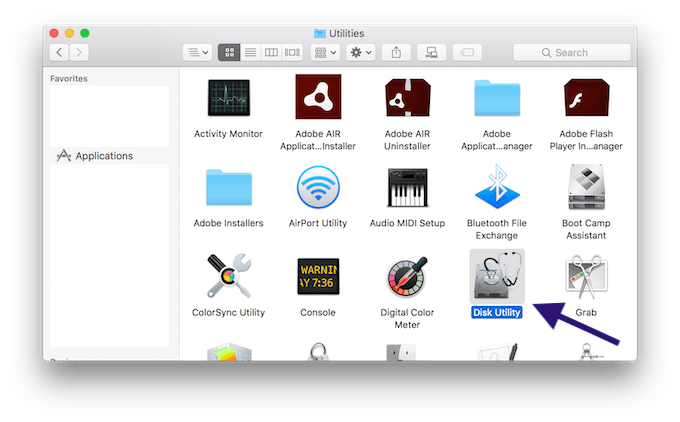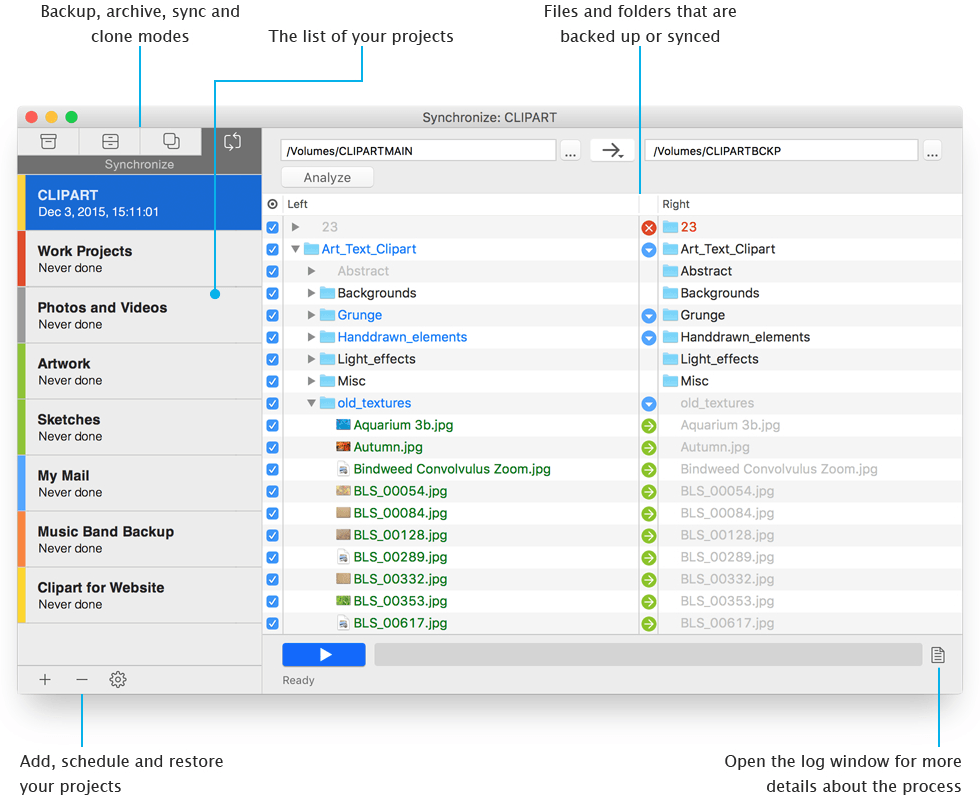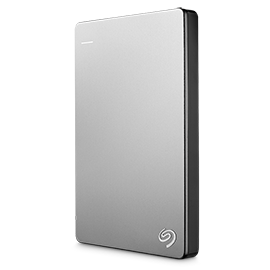

But, pretty much no matter which cloud storage provider you choose, backup to the cloud is going to be SLOOOOOOW (my cloud backup just recently completed and it took 8 months to do 3TB). I wish cloud could be the simple choice for everyone. Now for the “1” portion of the 3-2-1 backup strategy – one copy offsite.
Photo backup for mac series#
The Drobo 5N or the Western Digital M圜loud Expert Series are two very good options. Therefore, I highly recommend the use of a NAS device here using RAID 5. But if you use a NAS with RAID then that is really happening inside the NAS. The 3-2-1 backup strategy that I highly recommend, says that this long term storage disk should be different from the second, slower drive used in step 1 (2 copies on local but physically different disks). Once the processing of a shoot has been completed, use Lightroom to move the photos from the faster/expensive/smaller drive to a slower/cheaper/larger drive. New things like USB 3.1, Thunderbolt 3, and M.2 drives are coming in this space very soon (end of 2015), promising even better options! So stay tuned. Next to internal SATA, Thunderbolt and Thunderbolt2 are both good options (can be faster with DAS RAID), eSATA does pretty well, and USB 3.0 is just barely enough to make you not want to scream at the computer in between each photo (check out speed comparisons in the long answer). I think an internal SSD is ideal here, although direct attached storage (DAS) solutions like a Drobo Mini or G-Technology G-RAID can be sufficiently fast as well for those who have more being processed at once than can fit practically on an SSD. NAS and USB 2.0 storage is too slow for this.

Process the photos from the drive connected through the fast connection so that Lightroom, Photoshop, and other processing tools can work well. I personally use Microsoft SyncToy to do this for me each night, copying from my fast drive to a slower drive, so I don’t format the memory card in my camera ( DON’T delete them from the card using your computer) until that process has happened over night. I also wouldn’t erase the photos from the card until you have them actually written out to both drives. The second drive can be something cheaper and slower. One should be connected using the very fastest connection available on your computer. I recommend the first thing you do is copy images from your memory cards to TWO hard drives (not to two spots on the same drive).

Here is the storage workflow that I recommend (WARNING: lots of acronyms and nerdery in here, check out the long answer if it doesn’t make sense): Photographers love to talk about their editing workflows, but I haven’t seen nearly as much discussion about their storage workflow, which I believe to be just as important. Check out this storage workflow as a way to deal with it! Short Answer Storage rapidly becomes a problem for a digital photographer.


 0 kommentar(er)
0 kommentar(er)
